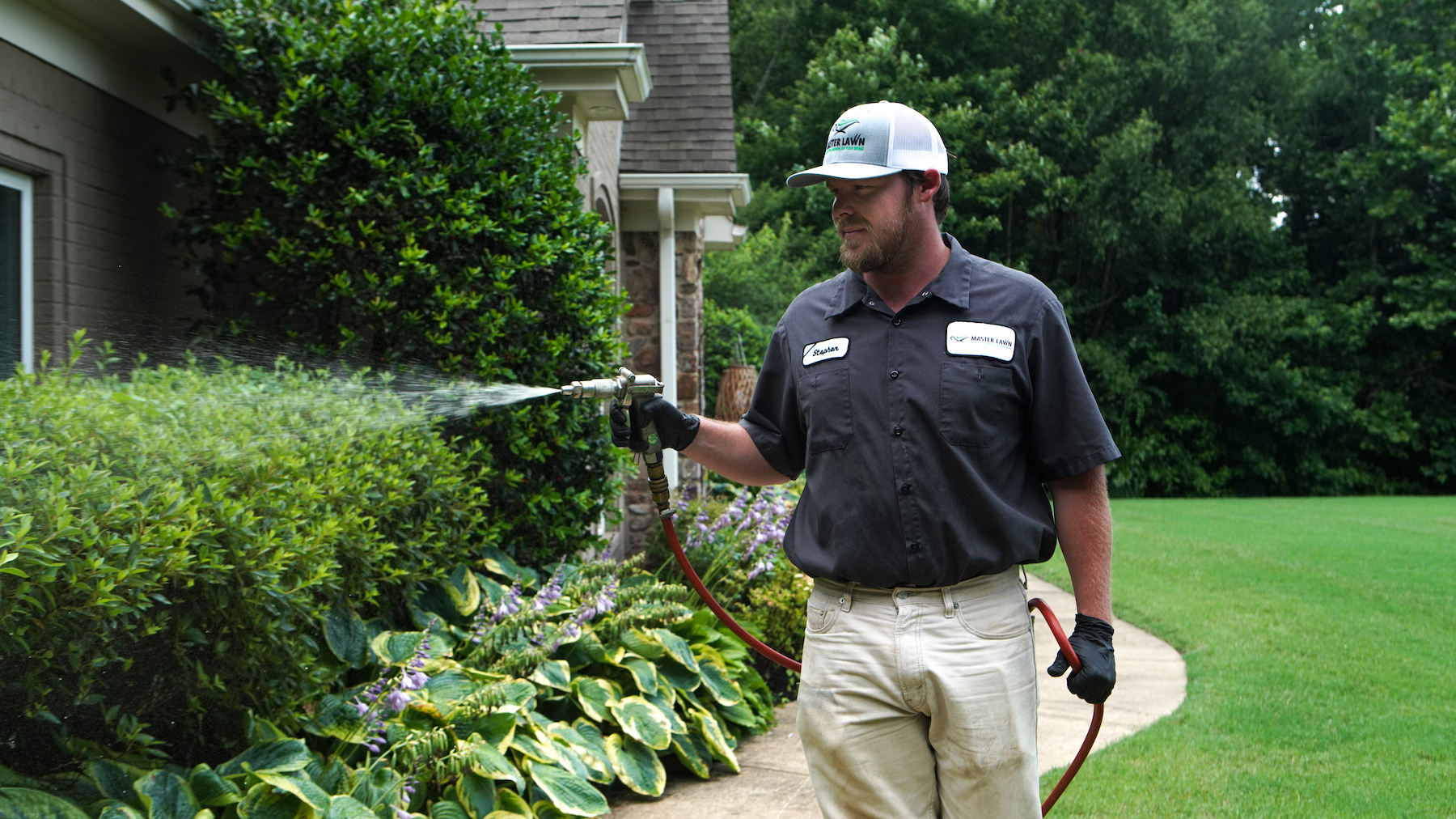
When it comes to the health of your trees and shrubs, you know that pests can wreak havoc. That’s why you might be troubled if you notice holes in the leaves of your foliage—or even that your trees and shrubs are turning brown.
While there are many potential pest culprits, in this article, we’ll talk about bagworms. According to The University of Tennessee Extension, bagworms are particularly fond of junipers, cedars, arborvitae, and white pines, though they can be found on more than 128 species of plants.
We’ll dive into what you should know about bagworms so that you can address these tree and shrub pests.
Bagworms are a type of caterpillar. They are known for the case or the “bag” that they construct to live in and shelter from predators and weather. Their individual bags are made from silk and pieces of plant foliage. These can be as large as 2 inches and visible to the eye. You might spot bagworm cases hanging from your branches.
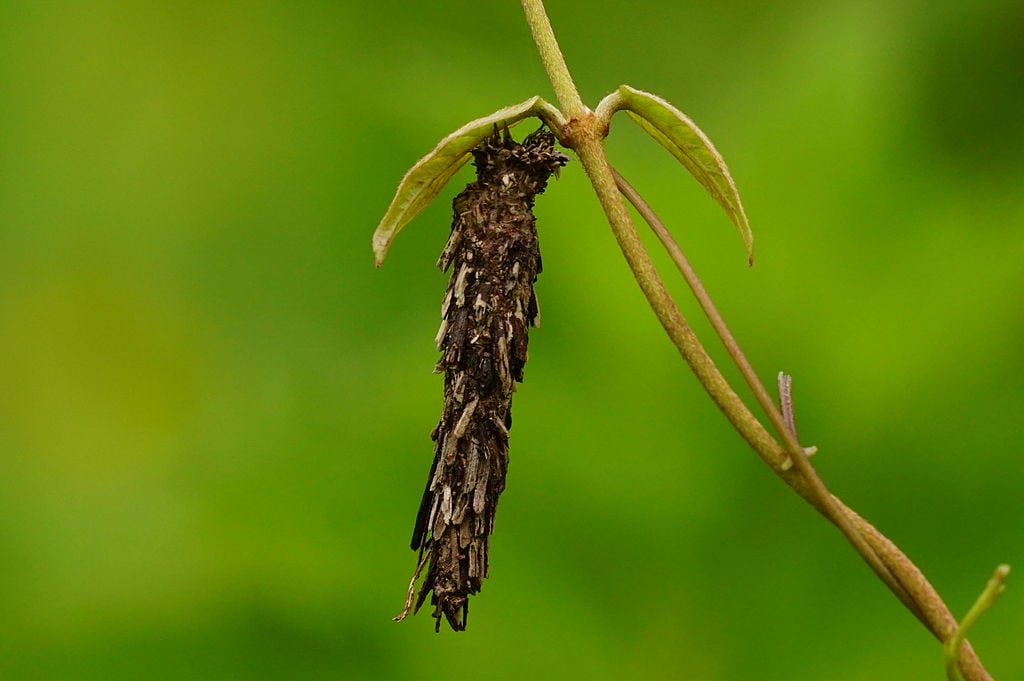
According to The University of Tennessee Extension, bagworms only have one generation per year. Their eggs usually hatch in mid to late May and upon hatching the young larvae crawl out of the bottom of the bag and begin feeding and constructing their own shelter.
Bagworms will feed until approximately August and continue growing during this time. They retreat to their bags whenever disturbed which is why homeowners often spot the bags instead of the pests.
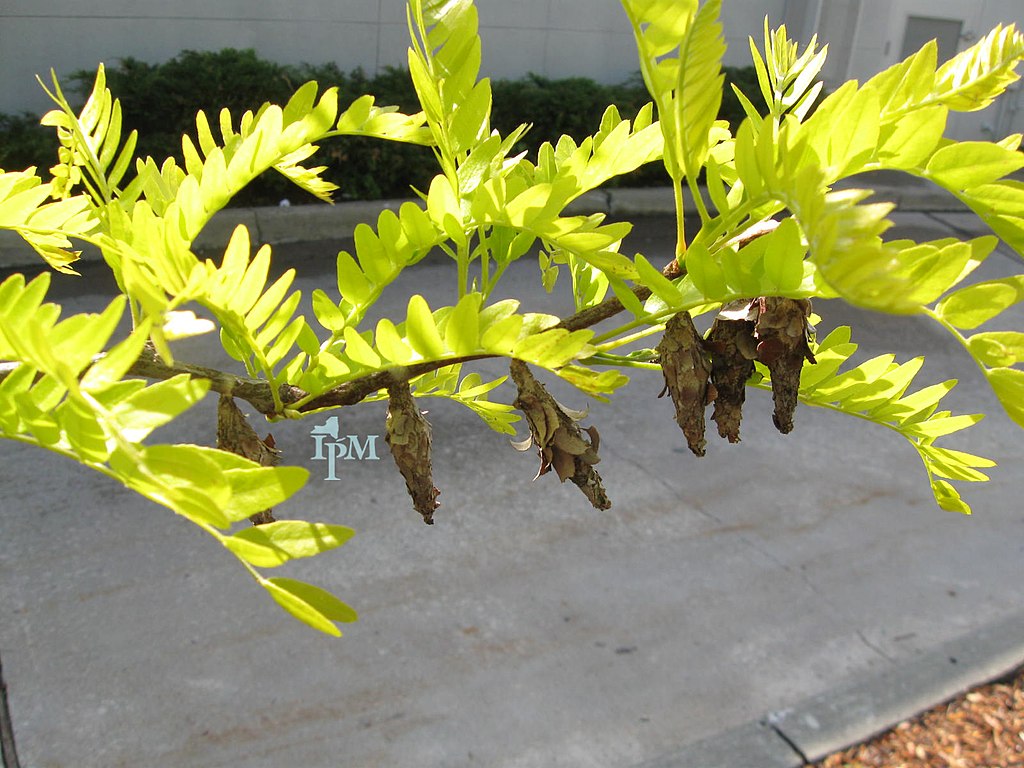
When the larvae are full-grown (and bags are about 2 inches long), they will stop feeding and loop strands of silk around a twig to attach themselves to it. Then they will transition into the resting stage.
According to The University of Tennessee Extension, male bagworms will emerge after larval feeding has ceased and search for females with which to mate. The females then lay their eggs (as many as several hundred each).
These will hatch the following May, beginning the cycle all over again.
Obviously, the biggest concern with these pests is potential bagworm damage. There are several ways in which bagworms can impact your plants.
First, young bagworms may leave small holes in your foliage when feeding. These small holes can cause defoliation.
Mature bagworms can strip evergreens of their needles or devour entire leaves (leaving behind only the veins). If you have an infestation with a great number of bagworms, it could lead to the plant’s ultimate death.
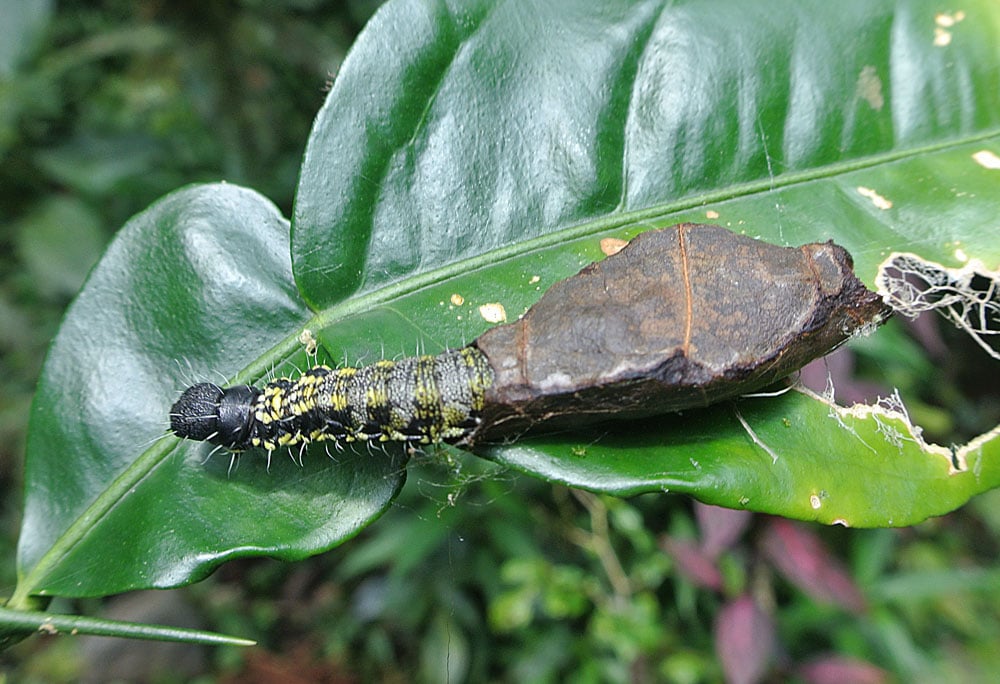
When bagworms wrap their silk around twigs to take up residence and build their bags, this can also cause damage over time.
Simple and effective bagworm control involves hand-picking or cutting the bags off of an infested plant. For one, you want to be sure that you are removing the bags before they hatch. You also want to make sure that you are removing any of the silk that has been wrapped around twigs as this can cause damage over time.
Of course, we know that this bagworm control is not homeowners’ favorite option. Many find it gross. If you have a larger infestation of bagworms, it might also be impractical. And honestly, considering the fact that a single bag could have hundreds of eggs, missing a few could still cause problems.
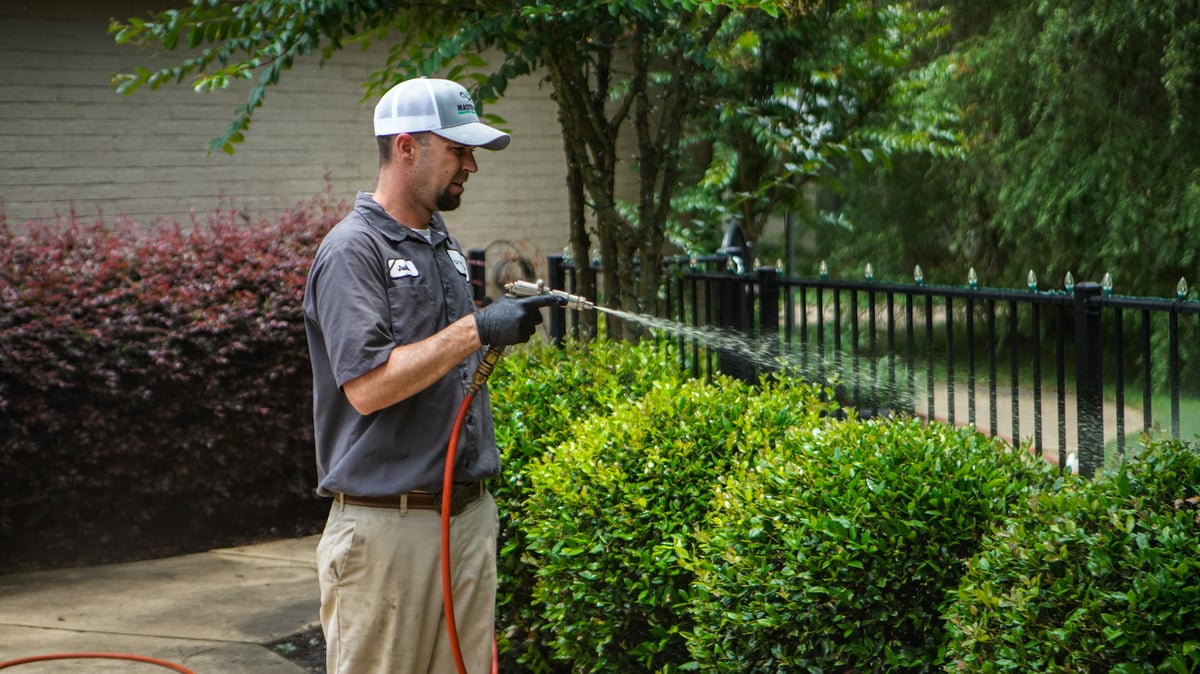
The good news is that there are professional bagworm treatment options in the form of chemical controls. If you have a bagworm problem in the Memphis area, then Master Lawn can help apply a curative product that will help to get rid of them.
There is no question that bagworms are a frustrating problem. But they aren’t the only potential pest (or problem in general) to plague trees and shrubs.
In the article linked above, we talk about some of the other common tree and shrub problems that we see in Memphis, TN including:
And that is just naming some of them. The fact is, trees and shrubs in the landscape are subject to a number of potential problems, which behooves the importance of proper identification. While bagworms are certainly a common Memphis, TN problem, there are many others, too.
Since different tree and shrub problems can mimic one another in terms of symptoms, it’s incredibly important that you have a tree and shrub expert who is making the proper diagnosis. This is imperative since different problems often require different treatment options.]
At the end of the day, when you have a tree and shrub expert regularly visiting your property, then you can rest assured that you’re covered, no matter what problem might arise. This includes bagworms, but many other problems, too.
This is why we recommend that homeowners invest in a Plant Health Care program. While it cannot prevent all problems, it will help ensure that your trees and shrubs are in the best possible health so that they are less likely to die.
What exactly is Plant Health Care? To sum it up, Plant Health Care provides your plants with vital nutrients they need to thrive while also protecting them against insects and disease.
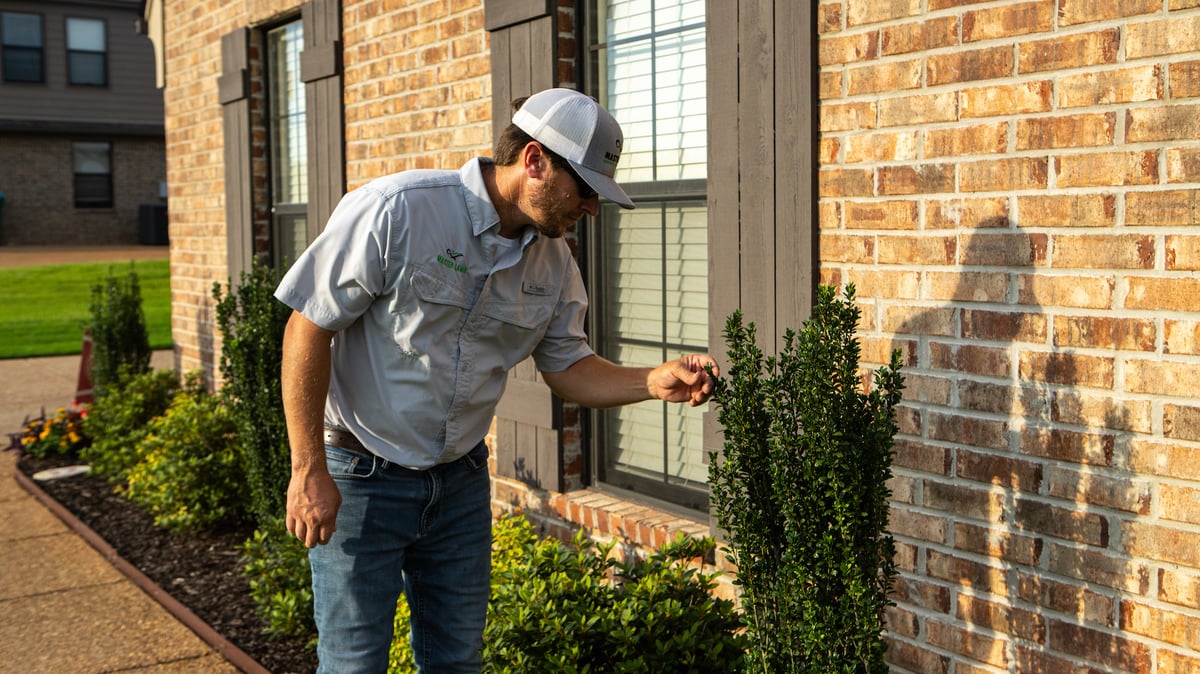
The treatments combine fertilization, pest control, and disease control. You might also think of Plant Health Care as a way to help protect your investment in your landscape since it will reduce the risk of your plants succumbing to diseases and pests.
Of course, it’s not a fix-all solution and there are some issues that simply can’t be remedied. Because of this, it’s important to have a professional out to your property to perform a thorough assessment and provide you with a proper diagnosis and solution, even if that solution means replacing the plant.
Sometimes, homeowners do not get in touch until their plant is already in terrible shape (such as being ravaged by bagworms). But one of the benefits of having a plant health care professional visiting your property regularly is that they would spot these problems in the early stages and get an action plan underway.
That might include implementing bagworm treatment, or it might include another approach depending upon what’s going on. An expert will know whether it’s a disease, a pest, or something else that is causing your problems and they’ll know how to treat them.
It all boils down to being a protection of your investment in your landscape. When your plants fall victim to problems, it’s easy to see how investing in Plant Health Care would have been a way to save you a lot of time, aggravation, and money!
When you invest in Plant Health Care, you can let go of your worries and know that your trees and shrubs are in good hands.
Want to invest in protecting your landscape in Memphis, TN or Northern MS? Request a quote, get your customized plan, and become the master of your landscape.
Image Source: Bagworm, Bagworms hanging from tree branch, bagworm leaf damage
Michael Hatcher is Founder / Chairman of Michael Hatcher & Associates.
These Stories on Insects & Pests
8255 Center Hill Rd
Olive Branch, MS 38654
8164 MS-178
Olive Branch, MS 38654
Phone: (901) 445-9336
Fax: (901) 853-7353
Copyright © Master Lawn | All Rights Reserved.